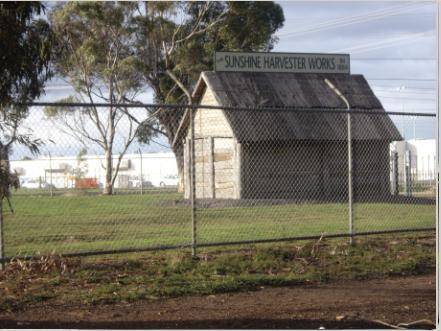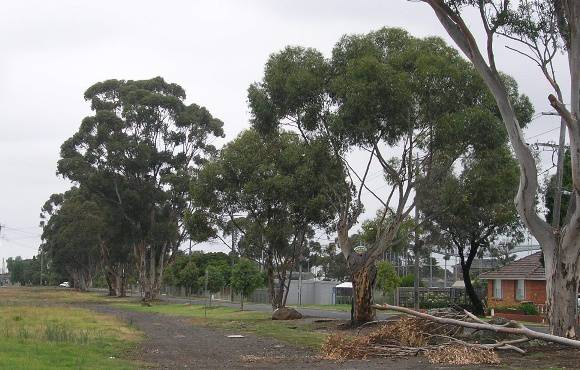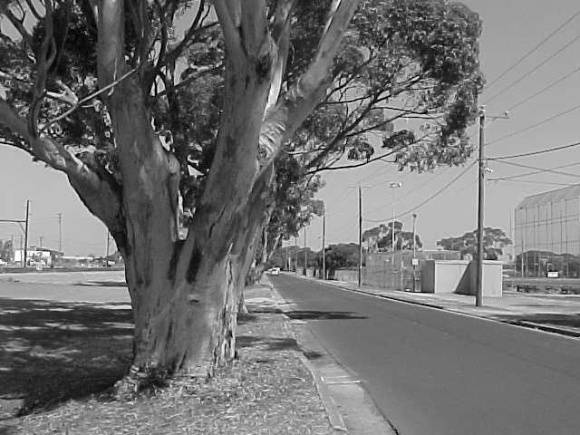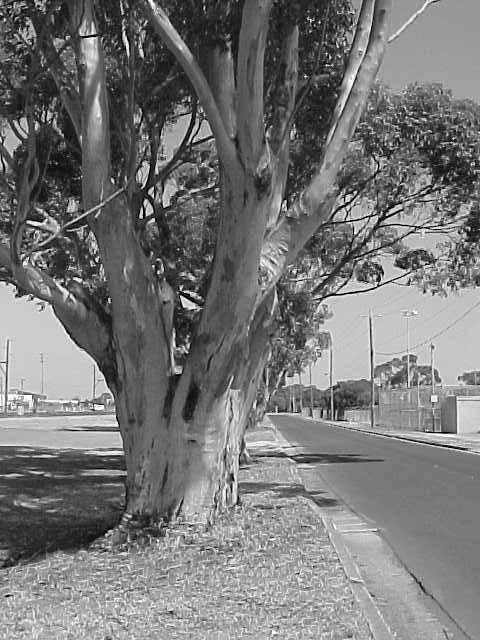| Back to search results » | Back to search page » |
|
Sugar Gum row
LocationTalmage Street, ALBION VIC 3020 - Property No 29
File Number2049LevelIncl in HO area contributory |
|
Statement of Significance
Individual place statement of significance::
These trees are significant as probably being among the last surviving remnants of H.V. McKay's original tree-planting scheme in 1907, when he first came to live in Sunshine and when he began developing his extensive Sunshine Estate. McKay's planning of the Sunshine settlement demonstrates the influence of the Garden City movement. Sunshine became a model for planning and housing theorists and reformers and was widely recognised as an important landmark in the history of town planning in Australia.
The McKay housing subdivision is of national historical and social significance as the first stage of the suburb created by Australia's leading industrialist and a milestone in the development of the industrial suburb, under the influence of the Garden City movement. Sunshine became a yardstick for planning and housing reformers, with H.V. McKay being regarded as an expert on planned industrial housing. The McKay estate is of regional architectural significance as it marks a crucial phase in the development of Sunshine, housing the resident work force which promoted further industrial development.
The estate is also of historical significance in relation to H. V. McKay's important role in the history of industrial relations in Victoria and Australia, as the provision of housing for his workers was one of the arguments made by McKay in defending the Basic Wages Case which lead to Justice Higgins' "Harvester Judgement".
The group of houses along Forrest Street, Ridley Street, Sydney Street, King Edward Avenue, Anderson Road, Talmage Street and Kororoit Street, represent the type of houses built either by or for company employees, foremen and managers. The houses include major remnants of the large blocks allotted to senior staff of the Sunshine Harvester Works. Most of the houses were set back on their blocks with side drives, rather than rear service lanes, giving an air of spaciousness and permitting large gardens (of which some remnants survive).
Group
Parks, Gardens and Trees
Category
Tree








